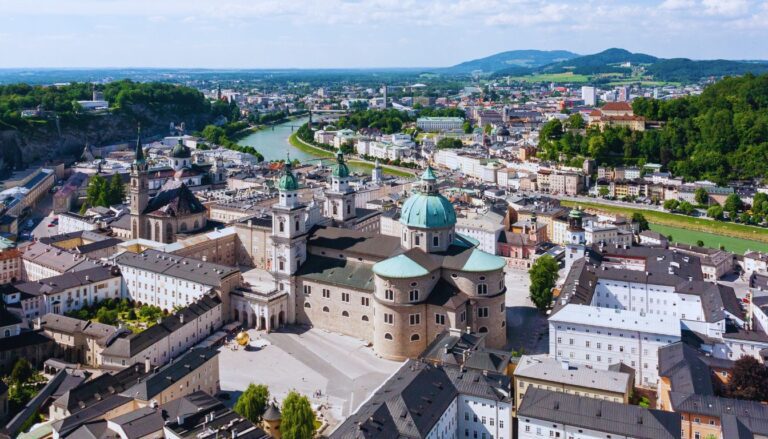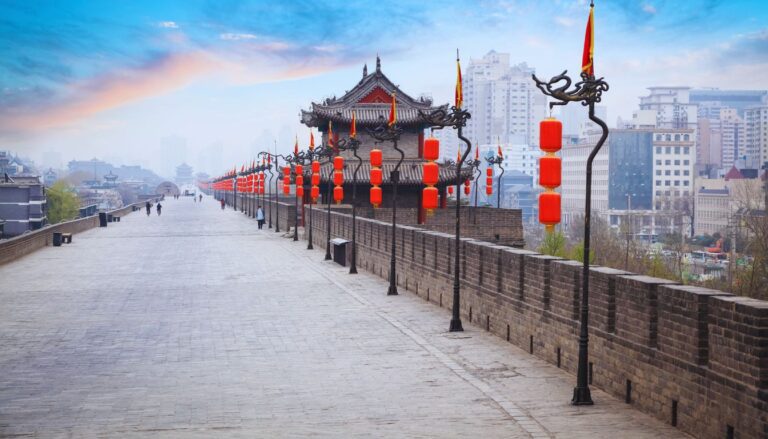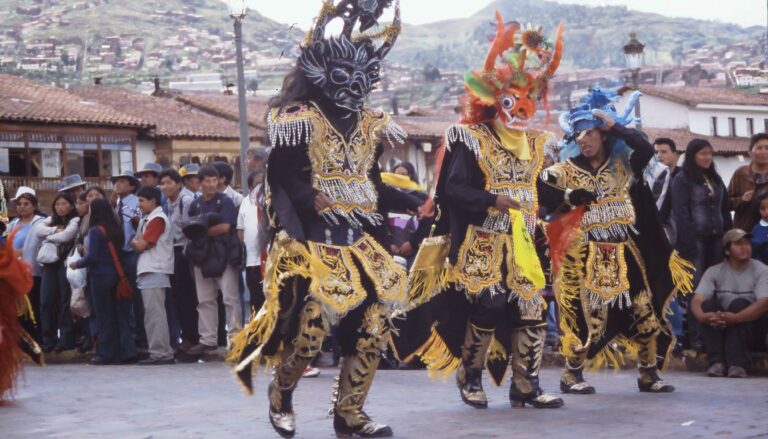Bosanski Lonac, Sarajevo Bosnia
In the heart of Sarajevo, where centuries-old cobblestones echo with tales of empires and cultures intertwined, Bosanski Lonac stands as a testament to Bosnia’s enduring culinary heritage. This traditional stew, whose name translates to “Bosnian Pot,” embodies the soul of Bosnian cuisine through its slow-cooking process in distinctive clay pots. As the aroma of tender meat and vegetables wafts through Sarajevo’s historic Baščaršija quarter, it tells a story of resilience, community, and the timeless tradition of gathering around a hearty meal.
Table of Contents
Origins and History
Bosanski Lonac’s roots run deep in Bosnian history:
- Originated during Ottoman occupation
- Evolved through Austro-Hungarian influence
- Traditional preparation dates back centuries
- Developed as communal cooking method
- Sustained families through harsh winters
- Survived through generations of conflict
The dish’s evolution mirrors Bosnia’s history, absorbing influences from various empires while maintaining its distinctive character.
Cultural Significance
Bosanski Lonac represents more than just sustenance:
- Symbol of Bosnian resilience
- Cornerstone of family gatherings
- Traditional celebration dish
- Expression of Bosnian hospitality
- Bridge between communities
- Source of national pride
- Representation of slow food culture
The preparation and sharing of this dish embody the Bosnian principles of community and hospitality.
Ingredients and Preparation
The magic of Bosanski Lonac lies in its layered cooking method and quality ingredients:
Traditional Components:
- Beef or lamb
- Carrots
- Potatoes
- Onions
- Cabbage
- Green peppers
- Tomatoes
- Fresh herbs
- Bay leaves
- Black peppercorns
- Garlic
Authentic Preparation Process:
- Layering ingredients in specific order
- Alternating meat and vegetables
- Adding minimal water
- Sealing clay pot with dough
- Slow cooking for hours
- Maintaining steady temperature
- Creating natural juices
- Serving directly from pot
Where to Try It
Notable Establishments:
- Aščinica Hadžibajrić
- Dveri Restaurant
- Inat Kuća
- Sarajevo Brewery Restaurant
Neighborhood Recommendations:
- Baščaršija (Old Town)
- Kovači area
- Bistrik district
- Vratnik neighborhood
Eating Etiquette and Customs
Understanding Bosnian dining customs enhances the experience:
- Bread accompaniment essential
- Sharing from communal pot
- Using proper utensils
- Expressing gratitude to host
- Taking time to enjoy meal
- Engaging in conversation
Seasonal Considerations
While available year-round, seasonal factors influence the experience:
- Winter versions more hearty
- Summer includes fresh vegetables
- Spring brings new herbs
- Autumn features root vegetables
- Festival seasons offer special variations
- Religious holidays affect availability
Modern Interpretations
While tradition remains paramount, some adaptations exist:
- Contemporary cooking vessels
- Restaurant-style presentations
- Vegetarian variations
- Quick-cooking methods
- Health-conscious versions
- Creative garnishes
Practical Information and Travel Tips
Essential knowledge for the perfect Bosanski Lonac experience:
- Best enjoyed for lunch or dinner
- Prices range from 15-30 KM per portion
- Many places require advance orders
- Traditional restaurants close early
- Cash preferred in most establishments
- Consider timing around prayer calls
- Reserve for special occasions
- Ask about cooking time
Making Your Bosanski Lonac Journey Memorable
Immerse yourself in Sarajevo’s culinary heritage by seeking out traditional restaurants where this dish has been prepared the same way for generations. Take time to appreciate the slow-cooking process, engage with local cooks, and understand how this humble stew has become a symbol of Bosnian identity and resilience. Remember that each clay pot contains not just a meal, but centuries of tradition, love, and the warmth of Bosnian hospitality.













